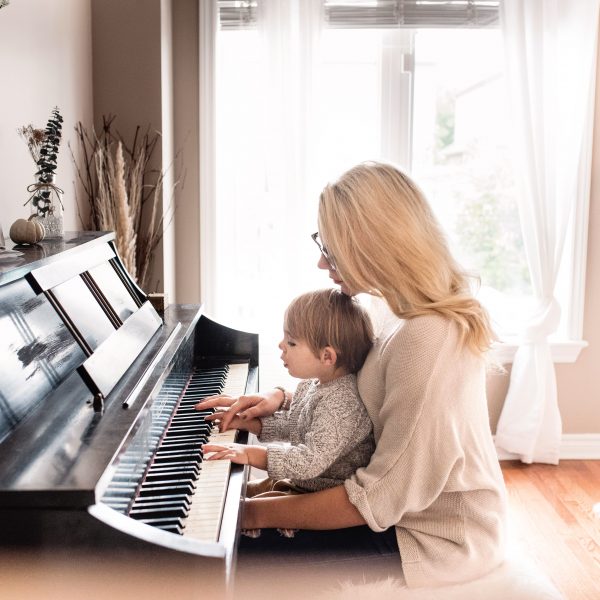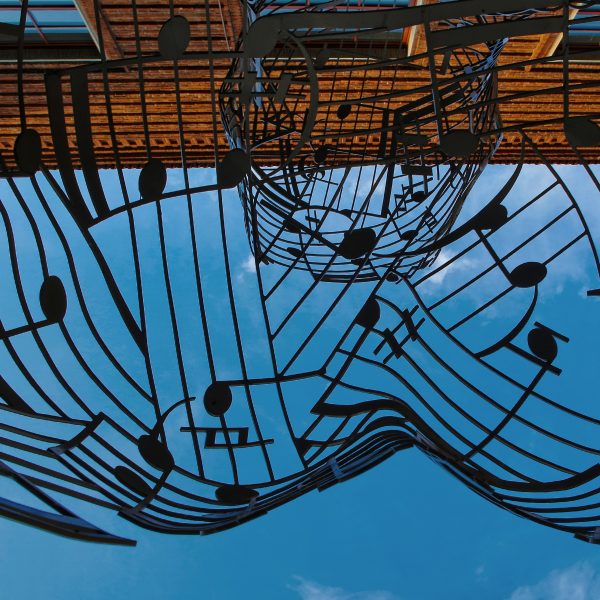Music therapy supports preschool children to develop emotional regulation

Being able to switch from angry, anxious, sad or scared to calm and in control is a skill which is, at times, difficult for even adults to master. For children and young people, emotional regulation can be even harder. One American researcher is hoping the key to regulation lies in music.
Along with a colleague, Deanna Hanson-Abromeit, University of Kansas Associate Professor of Music, is the recent recipient of a grant from the American Music Therapy Association, to experiment with what they believe is an effective way to train preschoolers to regulate their emotions.
“You hear a song from childhood, and it brings you right back to that original memory with the smells and the emotions and everything, right? So there’s this real power in music,” Ms Hanson-Abromeit said.
She believes in the transformative power of music, and will be using the grant to experiment with a concept she calls musical contour regulation facilitation, or MCRF, which stemmed from her questioning the whole notion of music as therapy.
Her hope is that learning emotion regulation during childhood will help the children resist the urge to act out in violent, counterproductive ways when they become teens and adults.
During her clinical work with premature infants, she said “I really didn’t understand what was creating change. I did recognise that subtle adjustments in tempo, melodic contour and dynamics created very subtle but important changes in these premature infants — physiological and behavioral responses. And that really started me asking major questions.”
Music therapy rose to prominence in the United States after World War II, when physicians began noticing that making music with veterans suffering from what we now call post-traumatic stress seemed to make them calmer and happier.
KU’s School of Music was a pioneer in the field. But of the intervening years, she said, adding “neuroscience has given us so many more avenues for understanding music…And yet we still have that question of how and why is music functioning for therapeutic change?”
If that can be defined, she noted, “then we can define and create targeted music interventions”.
Ms Hanson-Abromeit and her colleague Kimberly Sena Moore, Assistant Professor of Professional Practice at the University of Miami’s Frost School of Music, have previously collaborated on a study which showed evidence that typical preschoolers benefited, in terms of emotion regulation, from MCRF training.
“Emotion regulation tends to develop from a perspective of external cues,” Ms Hanson-Abromeit said. “When a baby cries and a caregiver comes over, figures out what the baby’s needs are and meets them, she is providing regulation for their aroused state by meeting their needs. As we age, a shift happens for less and less external cues as we start to learn how to do that internally.
For example, we provide pacifiers to babies, and they learn that by sucking, they can calm themselves. They also notice what it feels like when they’re aroused — they’re hungry, they’re crying, their nappy is wet — and nobody responds to them.
“As we age, we start to gather strategies from around us, and we either develop healthy emotion regulation or we don’t.”
Doing so is very important, Ms Hanson-Abromeit said, to ensure a lifetime of solid executive functioning – the ability to set goals and move forward. “It’s tied to learning and being able to pay attention in the classroom. There are all kinds of health issues that are related to lack of ability to regulate yourself.”
The best way for children to develop emotional regulation is through practice, Ms Hanson-Abromeit said. “But there are very few interventions that allow children to practice what it feels like to be aroused versus what it feels like to be low aroused, or just kind of neutral.”
Characteristics of music can stimulate physiological changes during various states of arousal, allowing children the opportunity to have music composed for them which is “intentionally designed to create the change,” Ms Hanson-Abromeit said.
In their upcoming study, the 15-minute experimental periods will expose children to music that shifts up and down, back and forth, between high- and low-arousal sounds. And whereas their previous experiment dealt with typically developing children, the study that starts in the fall and runs through December will target at-risk youths at a Head Start facility in the Miami area, where families all have incomes at or below the federal poverty line.
“The primary outcomes of this study that we’re looking at is our dosage,” Ms Hanson-Abromeit said. “We want to know is this intervention effective if done three times a week, or just one time a week?”
For more information about the value of music in children’s early education, please see here.
Popular

Practice
Provider
Quality
Research
Workforce
New activity booklet supports everyday conversations to keep children safe
2025-07-10 09:00:16
by Fiona Alston

Quality
Practice
Provider
Research
Workforce
Honouring the quiet magic of early childhood
2025-07-11 09:15:00
by Fiona Alston

Quality
Practice
Provider
Workforce
Reclaiming Joy: Why connection, curiosity and care still matter in early childhood education
2025-07-09 10:00:07
by Fiona Alston












